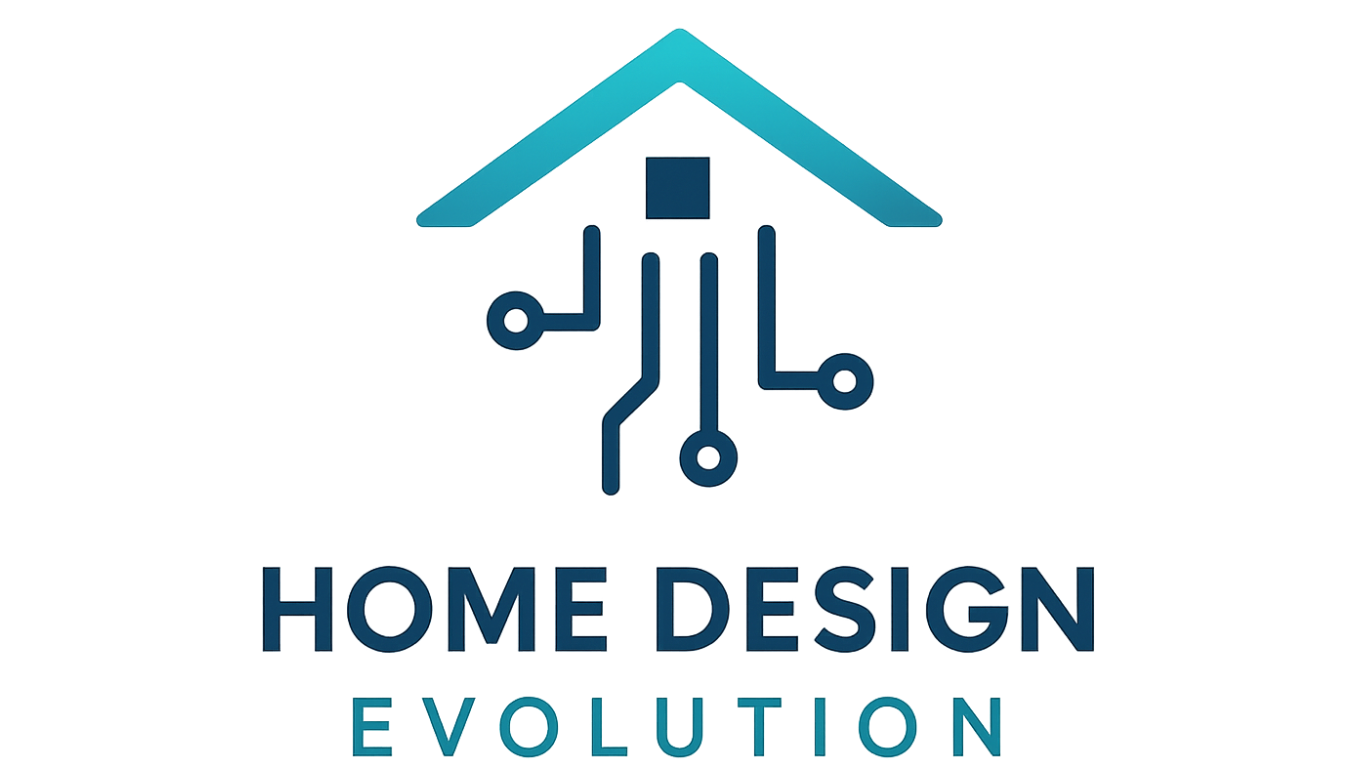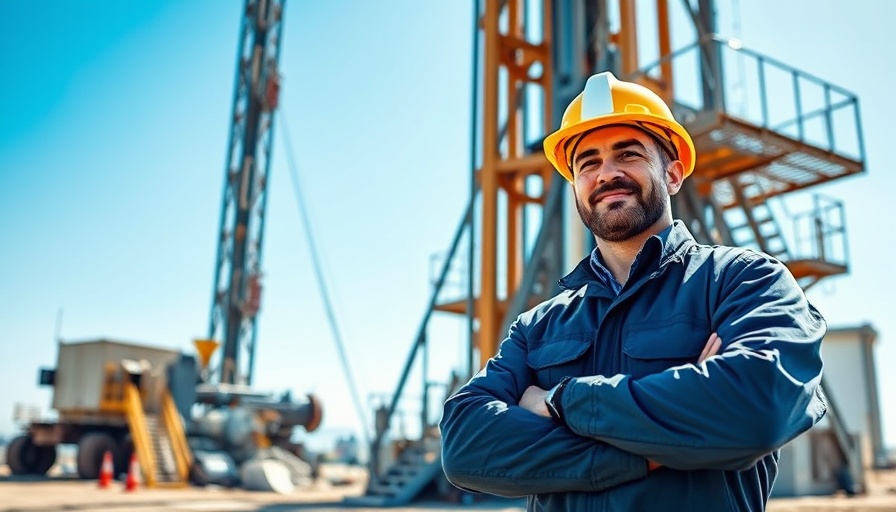
Understanding the Role of Natural Gas in Our Homes
As we transition towards sustainable living, many homeowners are cultivating an understanding of how natural gas factors into home energy use — especially in light of increasing regulations and incentives aimed at reducing fossil fuel dependency. For those particularly environmentally conscious homeowners, it’s crucial to know not only how natural gas is used in homes but also the emerging trends shaping its role in modern living.
Natural Gas Essentials: Heating and Beyond
Natural gas primarily serves two critical purposes in residential spaces: heating and cooking. It has become the go-to solution for space and water heating because of its efficiency and relatively lower greenhouse gas emissions compared to other fossil fuels. According to the U.S. Energy Information Administration (EIA), natural gas consumption within homes saw a significant rise during colder months, highlighting its role as a reliable energy source.
Furthermore, the U.S. averaged around 50.6 billion cubic feet per day in residential and commercial natural gas consumption last winter, an increase from prior years, demonstrating the ongoing reliance on this resource during peak demands.
Shifting Landscapes: The Future of Natural Gas
The evolving energy climate in the United States underscores the necessity for homeowners to adapt their energy sourcing strategies. Massachusetts, for instance, is phasing out incentives for natural gas heating equipment as mandated by the 2021 Climate Act. By 2024, rebates for natural gas equipment will only be available under specific conditions. This shift emphasizes a broader move towards all-electric systems as states push towards decarbonization.
These changes are aligned with the global trend aimed at promoting heat pump adoption and renewable energy solutions. Homeowners must recognize the implications of these policies and prepare for a transition that may eventually lead them away from traditional natural gas systems.
Expectations and Alternatives: Integrating Technology into Home Energy Use
Integrating technology into energy solutions can help homeowners manage their energy consumption more intelligently and sustainably. Smart thermostats, for example, can minimize energy waste by adapting home heating schedules based on occupancy, which not only reduces natural gas use but also lowers bills.
As the transition towards more sustainable practices continues, homeowners may look into alternatives such as electric heating systems and solar-backed technologies that can effectively replace traditional natural gas applications. Embracing energy-efficient appliances, including electric water heaters and induction cooktops, will play a critical role in this transformation.
Decoding Myths: Understanding Natural Gas Dependence
It’s easy to misconstrue the role of natural gas as synonymous with sustainability, but this perspective requires reevaluation. While inherently less polluting than coal and oil, natural gas is still a fossil fuel—a fact that environmental advocates emphasize as they push for cleaner technologies. Understanding the limitations of natural gas and the potential of renewable energy sources can empower homeowners to make informed decisions about their energy futures.
Making Informed Decisions
As the discourse around energy consumption shifts, homeowners should be proactive. New regulations and discontinuation of rebates make it essential for individuals to evaluate their energy systems regularly. For those relying heavily on natural gas, exploring the feasibility of alternatives such as heat pumps could ensure compliance with evolving policies while contributing to a sustainable future.
As we navigate these changes, remaining educated about the implications of using natural gas—both environmentally and economically—will be vital for making wise decisions that support a greener home.
Your Move Towards Sustainability
For environmentally conscious homeowners, the call to action is clear: assess your energy sources, explore sustainable alternatives, and be a part of the transition towards a cleaner future. Consider investing in energy-efficient technology that not only benefits your home but also supports broader climate initiatives.
Together, we can work towards making responsible energy choices that lead to a sustainable living environment for future generations!
 Add Row
Add Row  Add
Add 



Write A Comment